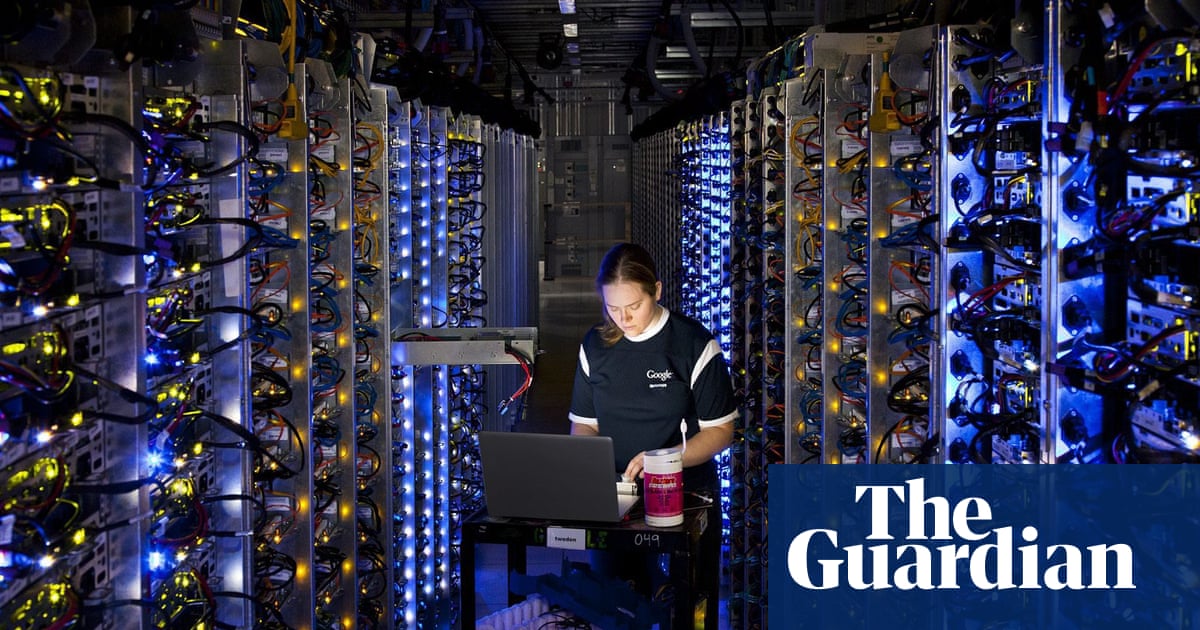Google is hatching plans to put artificial intelligence datacentres into space, with its first trial equipment sent into orbit in early 2027.
Its scientists and engineers believe tightly packed constellations of about 80 solar-powered satellites could be arranged in orbit about 400 miles above the Earth’s surface equipped with the powerful processors required to meet rising demand for AI.
Prices of space launches are falling so quickly that by the middle of the 2030s the running costs of a space-based datacentre could be comparable to one on Earth, according to Google research released on Tuesday.
Using satellites could also minimise the impact on the land and water resources needed to cool existing datacentres.
Once in orbit, the datacentres would be powered by solar panels that can be up to eight times more productive than those on Earth. However, launching a single rocket into space emits hundreds of tonnes of CO2.
Objections could be raised by astronomers concerned that rising numbers of satellites in low orbit are “like bugs on a windshield” when they are trying to peer into the universe.
The orbiting datacentres envisaged under Project Suncatcher would beam their results back through optical links, which typically use light or laser beams to transmit information.
Major technology companies pursuing rapid advances in AI are projected to spend $3tn (£2.3tn) on earthbound datacentres from India to Texas and from Lincolnshire to Brazil. The spending has fueled rising concern about the impact on carbon emissions if clean energy is not found to power the sites.
“In the future, space may be the best place to scale AI computers,” Google said.
“Working backward from there, our new research moonshot, Project Suncatcher, envisions compact constellations of solar-powered satellites, carrying Google TPUs and connected by free-space optical links. This approach would have tremendous potential for scale, and also minimises impact on terrestrial resources.”
TPUs are processors optimised for training and the day-to-day use of AI models. Free-space optical links deliver wireless transmission.
Elon Musk, who runs the Starlink satellite internet provider and the SpaceX rocket programme, last week said his companies would start scaling up to create datacentres in space.
after newsletter promotion
Nvidia AI chips will also be launched into space later this month in partnership with the startup Starcloud.
“In space, you get almost unlimited, low-cost renewable energy,” said Philip Johnston, co-founder of the startup. “The only cost on the environment will be on the launch, then there will be 10 times carbon dioxide savings over the life of the datacentre compared with powering the datacentre terrestrially.”
Google is planning to launch two prototype satellites by early 2027 and said its research results were a “first milestone towards a scalable space-based AI”.
But it sounded a cautionary note: “Significant engineering challenges remain, such as thermal management, high-bandwidth ground communications and on-orbit system reliability.”
